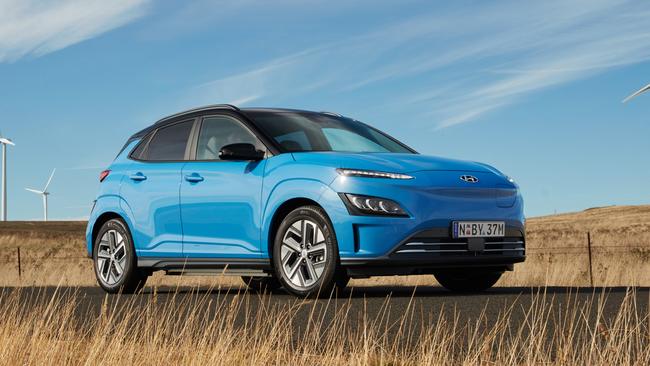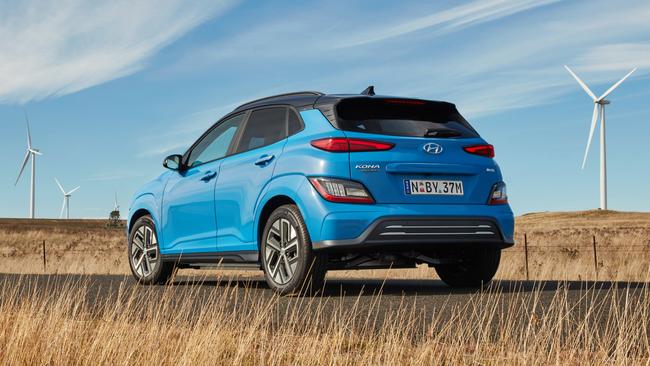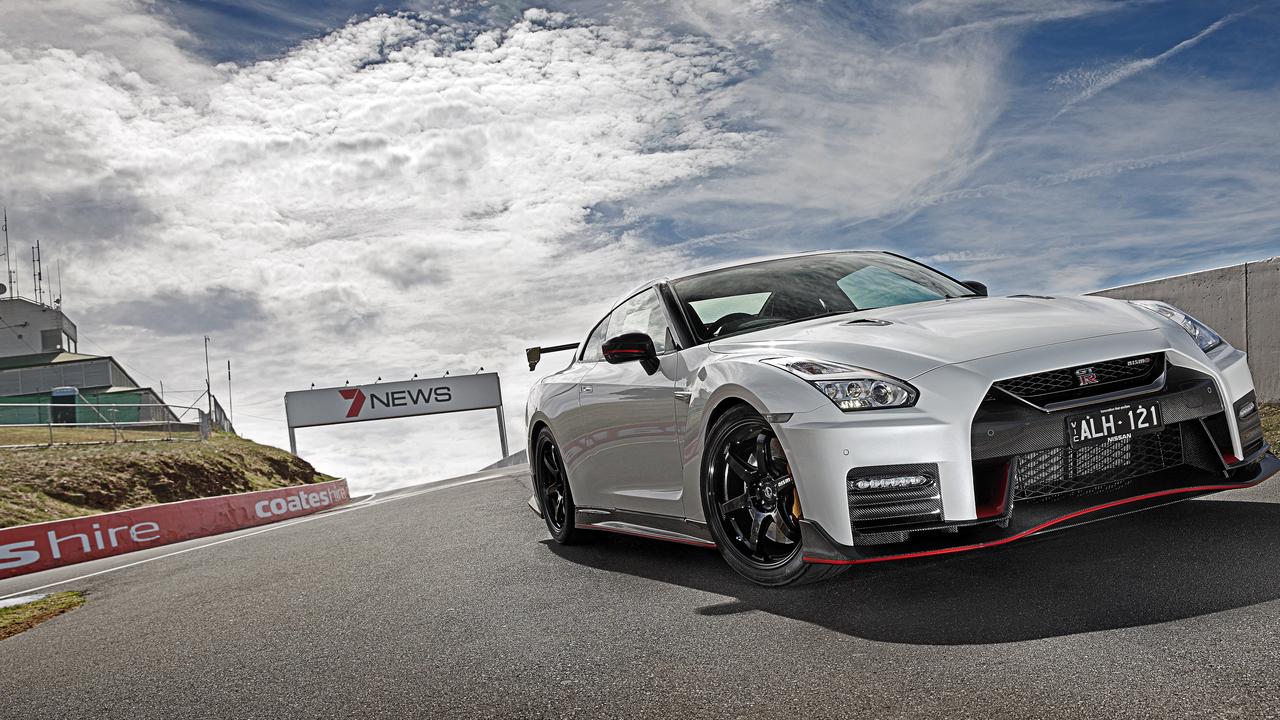2023 Hyundai Kona Electric long term review
After living with a fully-electric SUV for the past six months we hand down our verdict, delivering some hard truths and surprising results.

Car Advice
Don't miss out on the headlines from Car Advice. Followed categories will be added to My News.
New-car buyers are flicking the switch to electric cars in record numbers. In the first five months of this year, Australians bought more EVs than hybrids. They now make up roughly 7 per cent of the new-car market.
So is it time to take the plunge?
A lot will depend on your driving habits and your budget, but for a growing number of drivers EVs are finally starting to make sense.

After several months living with a Hyundai Kona EV, I can report that the ownership experience is surprisingly normal and fuss-free.
Admittedly, I haven’t gone out of my way to discover its shortcomings. I haven’t tried to tow a boat to Townsville or crossed the Nullarbor, I’ve simply gone about my day-to-day business in a big city.
There have been a couple of weekends away, including a 600km round trip. A road trip undoubtedly takes more planning and patience in an EV than it does in a petrol or diesel car, but it’s not nearly as painful as I’d imagined.
Australia’s highway recharging network remains woefully inadequate and you’re always only one busted charging station away from a major holiday hiccup, but happily that wasn’t my experience.

The Kona EV really shines in the bump and grind of city life.
Range anxiety simply wasn’t an issue. The Kona has a claimed range of 484km, although you can manage better than that in bumper to bumper traffic. After one charge, we saw an estimated 565km of range, which is lineball with the 600km urban range of the standard petrol Kona.
Given the average daily commute is 16.5km each way, that works out to 17 round-trip commutes per refill.
In reality, I found myself topping up the Kona once or twice a fortnight.
At 26c/kWh, the Kona EV cost about $17 to refill, compared with $100 to refill the petrol version.
But you need to plan your top ups. A dedicated EV wall charger – about $2000 installed – will recharge the car overnight, but if you run the Kona to near empty and plug it into a normal wall socket, it takes more than 30 hours to replenish the battery.

The scales tip in favour of the petrol version on the highway, too, as it’s more efficient at high speeds, while the EV uses more energy. As a rule of thumb, expect 10 to 15 per cent less range from an EV on the freeway.
As for the driving experience, the EV wins hands-down.
The electric motor is quieter, smoother and punchier than the 2.0-litre petrol four-cylinder in the standard Kona.
According to Hyundai’s official figures, the EV reaches 100km/h in 7.9 seconds, which is almost two seconds quicker than the petrol-powered version.
And it feels quicker than that by the seat of the pants, delivering maximum torque off the mark for snappy getaways from the lights.
The extra weight of battery packs creates some challenges for suspension engineers and the EV will float a little more over bumps and pick up more road imperfections than the petrol model. On the plus side, the lower centre of gravity translates into more sure-footed cornering.
The rest of the package – the cabin, technology and standard features – are identical to a petrol Kona.

It’s a little cosy in the back for adults and the boot isn’t especially big but it’s a pleasant enough space in which to spend some time.
Prices start at roughly $57,400 drive-away for the standard-range Elite model and stretch to about $67,000 for the Highlander extended range.
Both models qualify for a $3000 rebate in most states, while NSW buyers will enjoy a further stamp duty discount of roughly $2000.
That’s still a big leap from the petrol-powered Kona Elite, which costs about $35,600 and the Highlander, which is $42,200.
But if you’re able to salary-sacrifice the vehicle through work, the Federal Government’s recent changes to the Fringe Benefits Tax mean that the electric vehicle should dent your take-home pay by less than the petrol version over the period of a four-year fully maintained lease.
VERDICT 3.5/5
It’s expensive and not suited to long interstate road trip, but around town the Kona EV is vastly superior to its petrol cousin.
HYUNDAI KONA ELECTRIC LONG RANGE
PRICE: About $67,000 drive-away
MOTOR: Single electric motor, 150kW and 395Nm
WARRANTY/SERVICING: 5 years/unlimited km, $1445 over five years
SAFETY: Six airbags, auto emergency braking, lane-keep assist, blind- spot warning, rear cross-traffic alert, exit warning, rear occupant alert and radar cruise control
RANGE: 484km
SPARE: Repair kit
LUGGAGE: 332 litres
Originally published as 2023 Hyundai Kona Electric long term review



